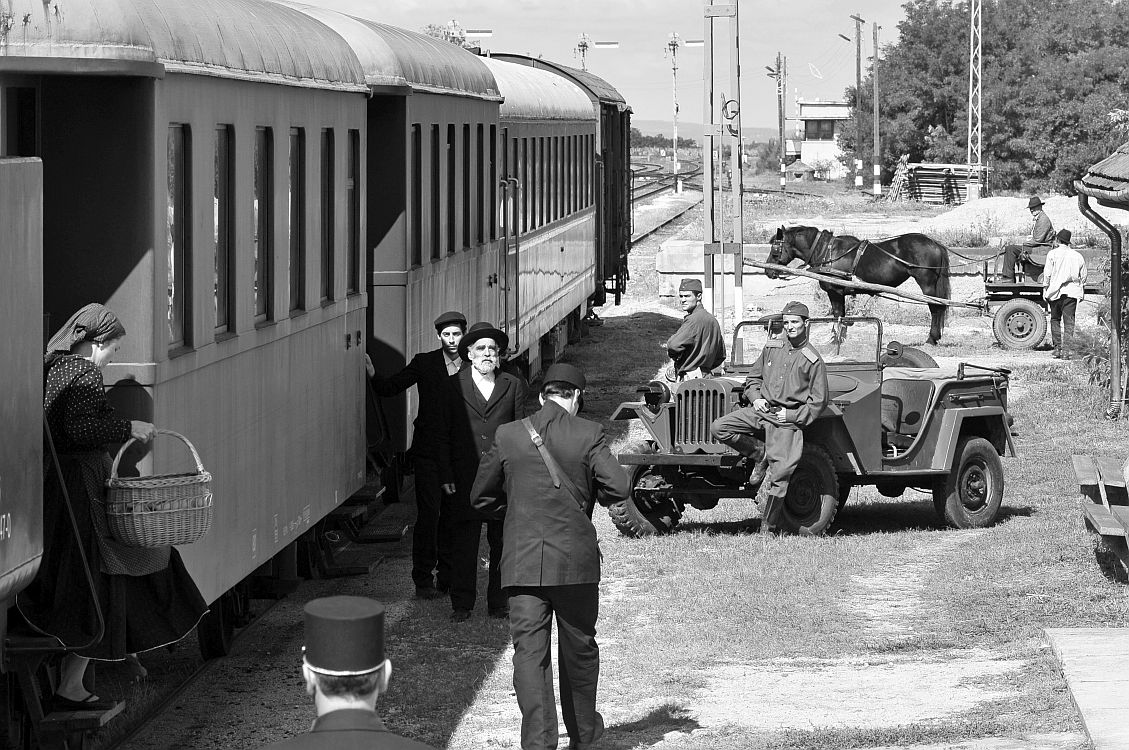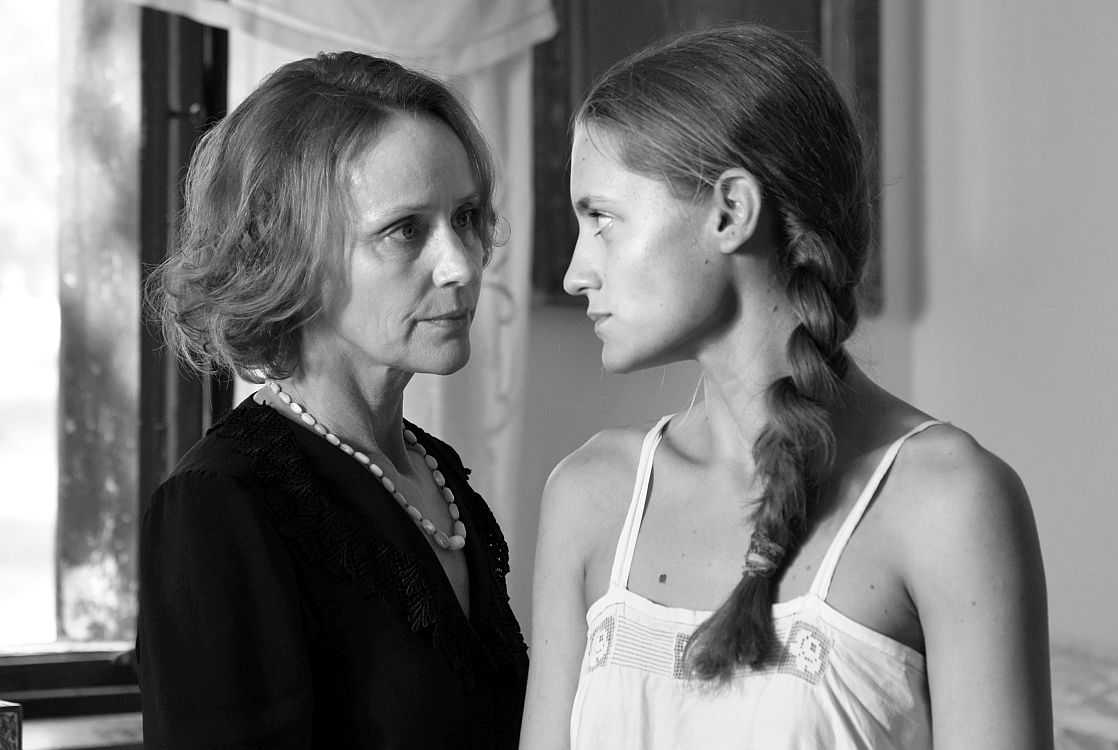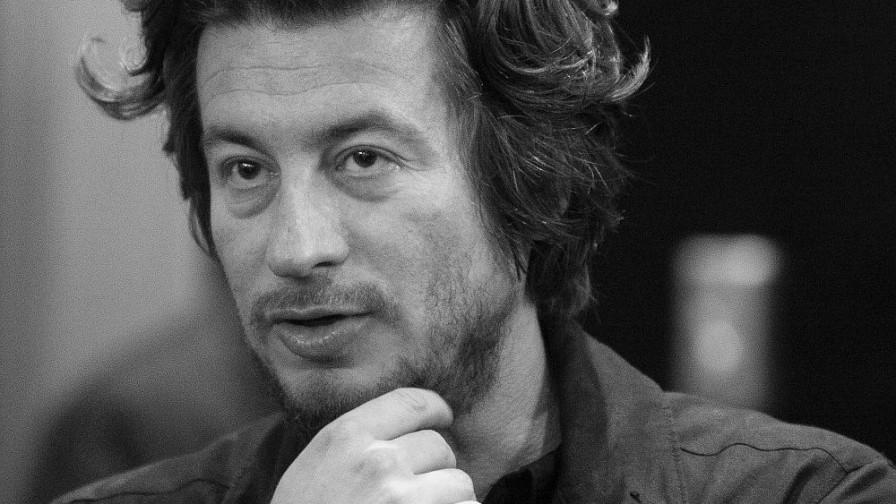A Plastic Drama with Real-life Situations
How do you feel about the world premiere?
I’m a little nervous because my flight has been delayed and it’s not even sure I'll make it to the opening (he says, laughing). And I’ve got a more than 10-hour-long flight ahead of me. Apart from that, it’s a great honour to be able to show this film for the first time in the States: there are so many people with European roots living in America whose family will also have gone through the horrors of the world war, like in Hungary. The European premiere will be in Berlin, later followed by the Hungarian release in April.
The film is set in '1945' in a little village in the foothills. How did you choose this topic?
I’ve been interested in this topic for 10 years now, ever since I read Gábor T. Szántó’s novel, which the film underlies. I was really interested in the time just after the war and just before the introduction of nationalisation and Communism, when for a moment there was an inkling of the possibility of democratic transition. Things could even have taken a turn for the better. Fascism was over but Communism had not yet begun; we tried to capture the atmosphere of those few years in this film. This is a period in Hungarian history that is not overly represented either in literature or in film. Instead, people focus on the Second World War itself or on the dictatorship of the 1950s, with these few intermediate years earlier. I wanted to present a social tableau that would portray life in Hungary just after the war.

How did the screenplay come about?
Gábor T. Szántó’s story is originally a 10-page novel. Together we first developed a dramaturgy similar to the Greek tragedies, which are built on the unities of action, time and place. We created new characters and strengthened the whole with dry dialogue. This is how the text became a screenplay over the years. What I like most about the novel is how the plot, in the relatively short amount of time – three or four hours –, presents situations with no dialogue and in a balladic way, which is something that we definitely wanted to keep.
Creators are also usually personally connected with their topics. What’s your story?
This is a tragic time in history with which everyone is connected in some way or another. I wasn’t led by a personal, family story though; this is rather fiction, unlike ‘Moscow Square’. If I had to say something about my connection it would be what grasped me. Szántó’s novel took a completely different take on the given historical situation than anything I had ever read before. I think about the motive of new beginnings and how society must overcome trauma, start a new journey, confront the past and undertake a new life.

Could you tell us a little bit about the shooting?
We had a fantastic cast and a relatively smooth shooting. It was the first time I worked with Elemér Ragályi, the cameraman, whom I deeply respect. I have known him personally for a while now and consider him to be my maestro. I asked him to work on the film, among other things because he went through of all this when he was five and living in a little village. That’s the kind of personal motive that I was talking about before; it is real for him. He doesn’t only remember what an old soccer ball used to look like, for example, but he also remembers the atmosphere people lived in in rural Hungary. It’s about that summer, when the war ended. We used to be taught that that was the liberation itself, and we even celebrated it on the fourth of April each year.
How can young people these days, 15-20 year olds, connect with this topic through your film? What kind of reception are you expecting from them?
I usually say that we should trust youth. ‘1945’ is not necessarily about adolescents, but about the more mature and nuanced-thinking audience. They’re likely to feel more empathy for the film itself. Together with that, I think that the period of history in my film will be more easily understandable than, let’s say, in dry textbooks. This is a plastic drama that confronts the audience with real-life situations. Based on the invitations to various festivals, I’m hoping that it will attract a lot of people and that they will be touched by it. I trust that the Hungarian audience will be mature enough for the critical interpretation of this era. This moment in history hasn’t yet been shown from this approach.
(Photos by Lenke Szilágyi / Katapult Film) Ágnes Gurubi
